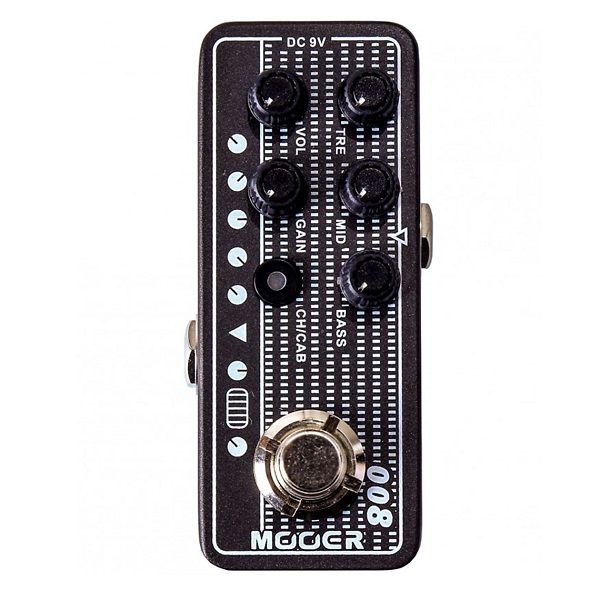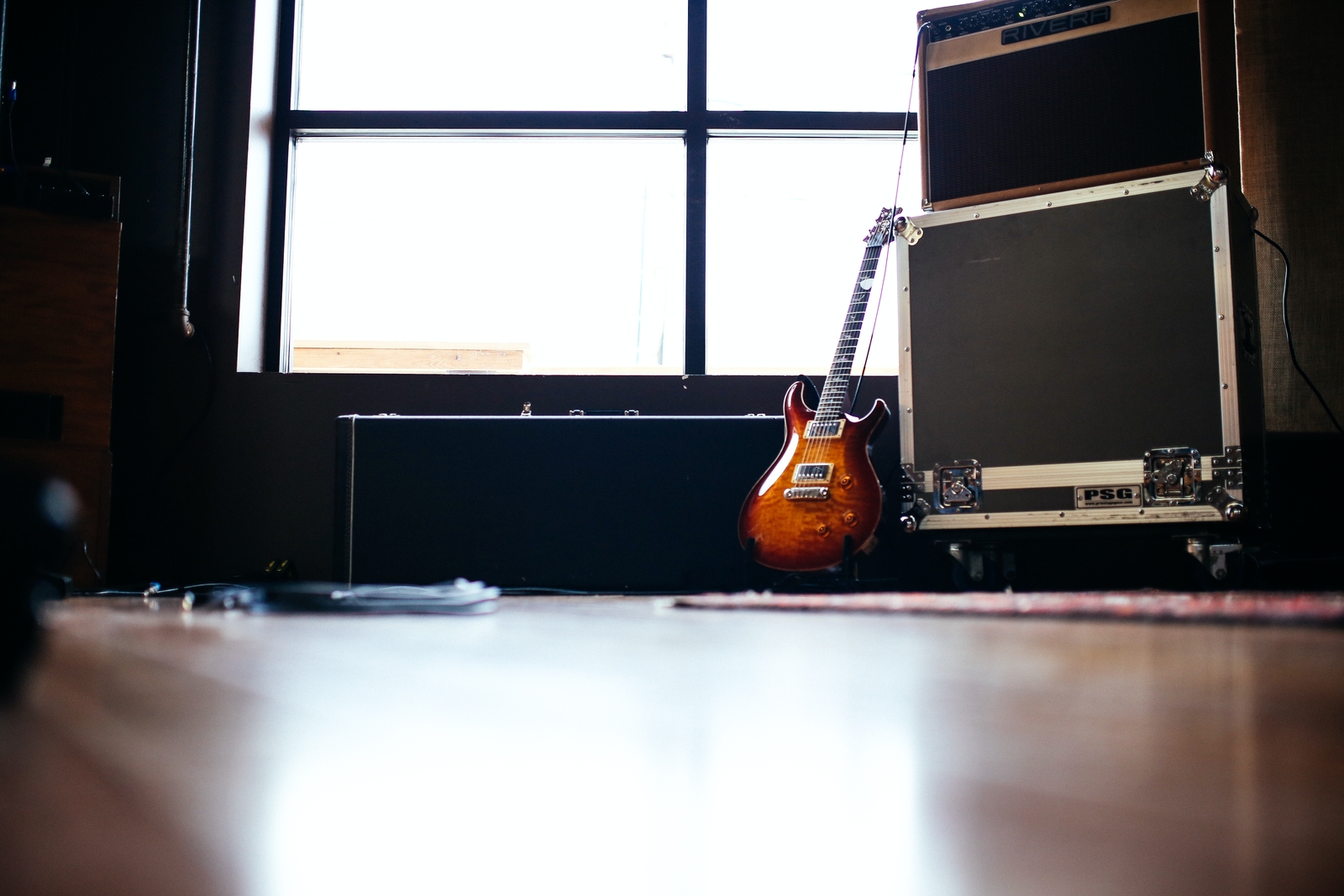Amps, Preamps, and Pedalboards – Horses for Courses – Part 2
“Electric guitar, no stage amp?” I hear you ask. To be honest, I’ve never heard anyone ask that… but perhaps we should be asking that!
In our first installment of Amps, Preamps, and Pedalboards – Horses for Courses – Part 1, we had a look at some of the key considerations when running a stage amp in a church context. In this installment, we are going to look at some really viable alternatives to running an amp on stage.
Welcome to the world of preamps!
Though technically this is not really a welcome, per se. Guitar amps with a speaker have preamps in them. That’s how we get enough of a signal to run to the speaker. Given that this is a key part of the guitar signal chain, some clever people have figured out how to turn that part into the key feature of a guitar rig.

Check out this little guy. He is an electric guitar preamp. But not just any old preamp. This particular line of preamp, produced by Mooer, is designed to give you a similar tonal experience to some of the classic full featured amps that we’ve come to know and love. If you have a close look at the picture, you can see that you have an EQ layer, as well as a gain and volume layer.
Strictly speaking, this (plus a DI if you’re not exceedingly close to the mixer or speaker) is all you need to get enough tone to be in business! This is very cool.
A very common application for these units is to whack them on a small pedal board with a couple of your favourite effects, plus DI, and you have your own ninja micro rig. And quite seriously, this set up can get the job done. I’ve played in a church context as well as gigged with my ninja board which featured the Mooer Cali MKiii (which is a tip of the hat to the Mesa Boogie line). It doesn’t get 100% of the way there but does get close enough to put a smile on your face.
You may be wondering how you hear yourself if you don’t have a speaker on stage. In a lot of church contexts, there will be stage or in ear monitors that are receiving a feed from the mixing desk. So, a simple flow looks like:
Guitar –> Preamp –> DI –> Mixer –> Monitors –> Your ears.
Low profile + high control from the front desk = simple, great result.
Now as we’ve all come to know (and love?), where there’s simple, you can find complex lurking around the corner.
Back in the day it was all about the rack rig. These days, digital rack amps are ushering a new generation of rack loving axe aficionados. For example, check out the Line 6 Helix.

This does the preamp thing, like our lovely little Mooers, but then ramps up the features by orders of magnitude. You can do things like choose what style of digital preamp you like, with which in built effects you want to use, with which cab emulators you want to use, and in which order you would like all these things to sit. And similar to our Mooer, you can run them out to the desk. However this unit (and ones like it) will give you a balanced out (mono or stereo!) so that you don’t need to run into a DI first.
The digital rack is just another option to give you ultimate control of sound on stage as you can put all the power back in the hands of your friends on the desk who will find the best place to sit you in the mix.
The examples above give a bit of a bird’s eye view of some alternate ways to approach keeping stage noise down without sacrificing tone (there are others!). Some of the things which you gain through this approach is an increase in control of sound and decrease in lugging of gear. Most importantly, these approaches are likely to keep the other folk in your band happy as they don’t need to “compete” with your amp. And THIS, my friend, will leave them more inclined to buy you coffee. Which, I think you’ll agree, is the real win.
Dan Le Cordier
Guitarist
